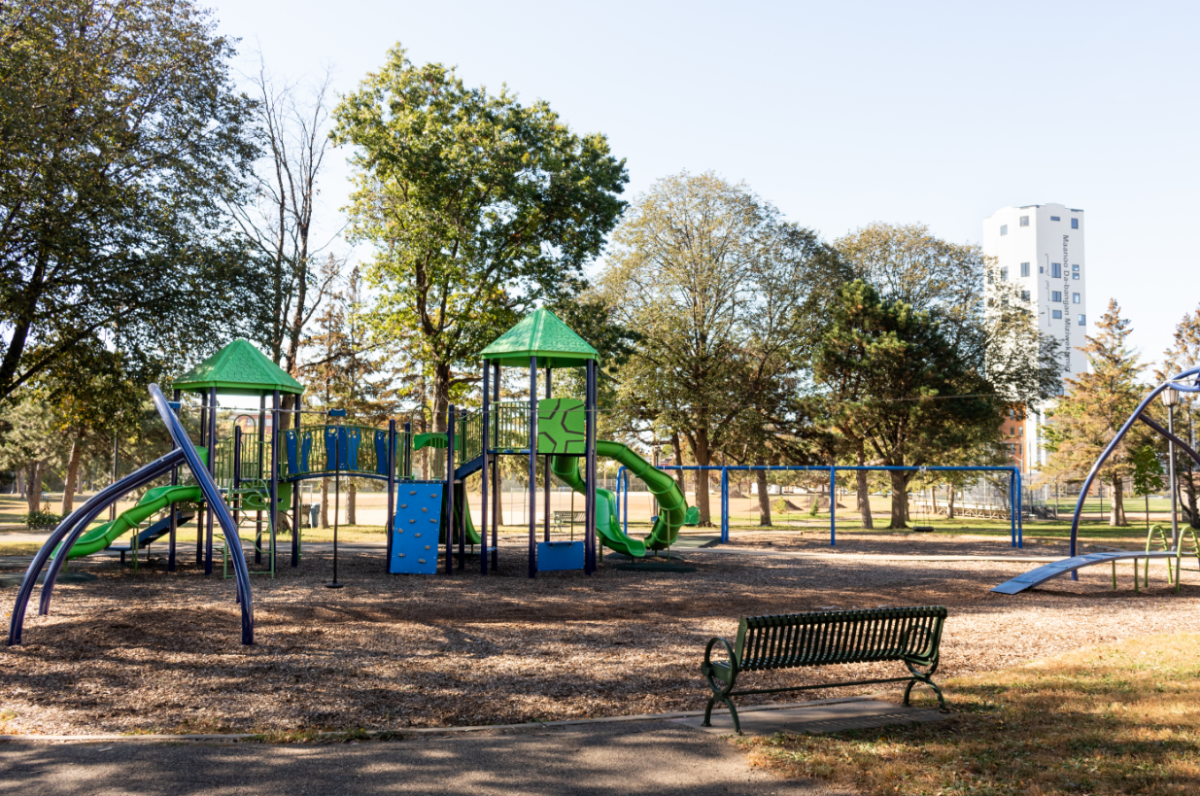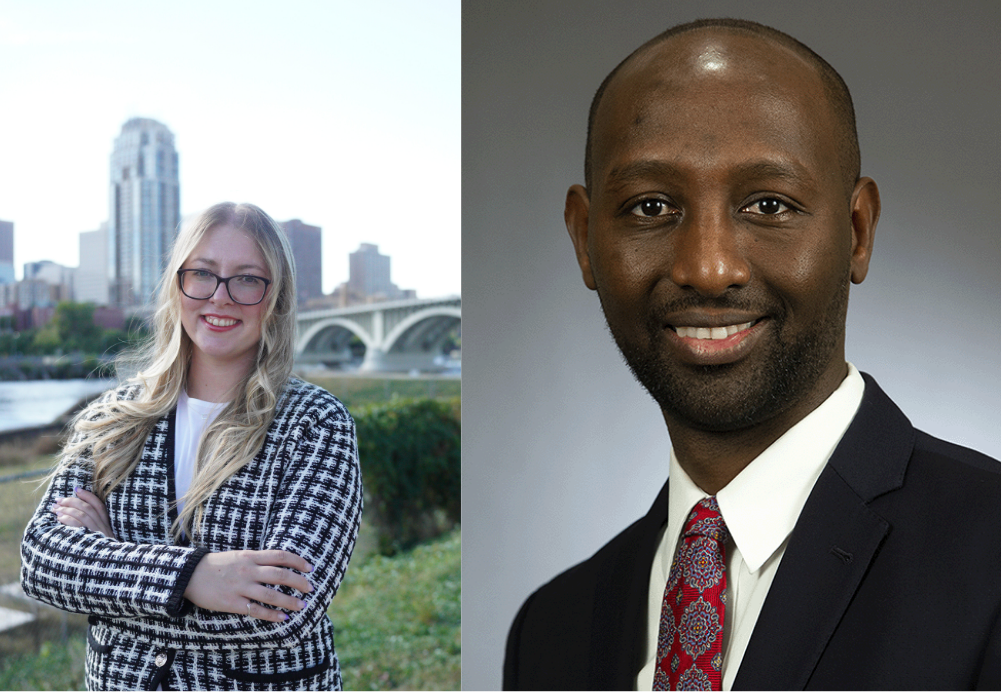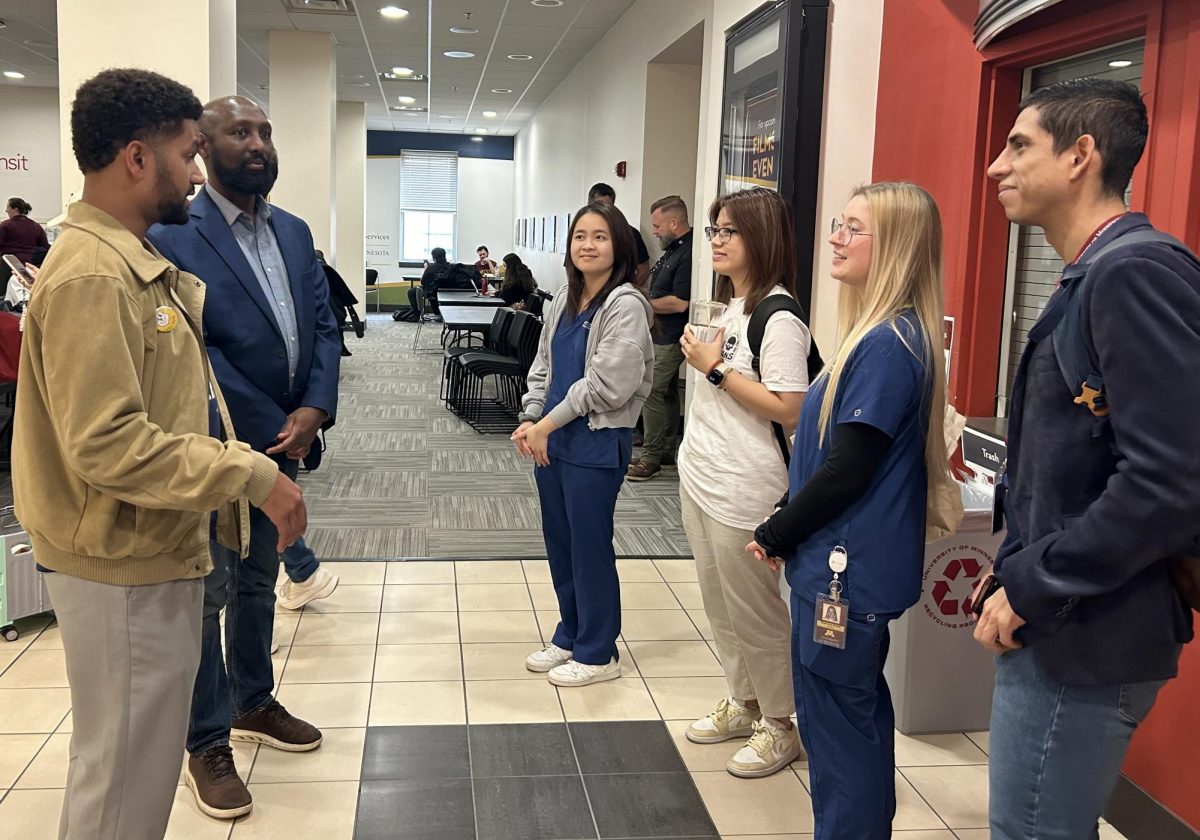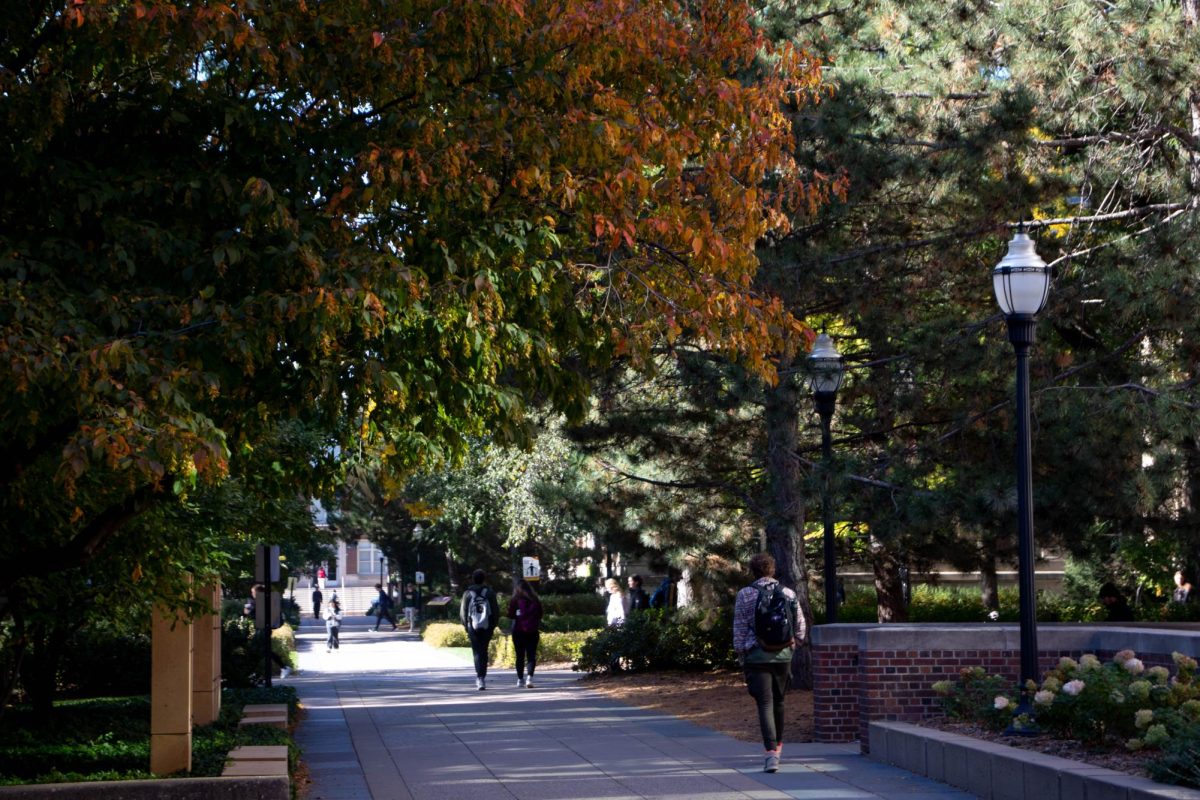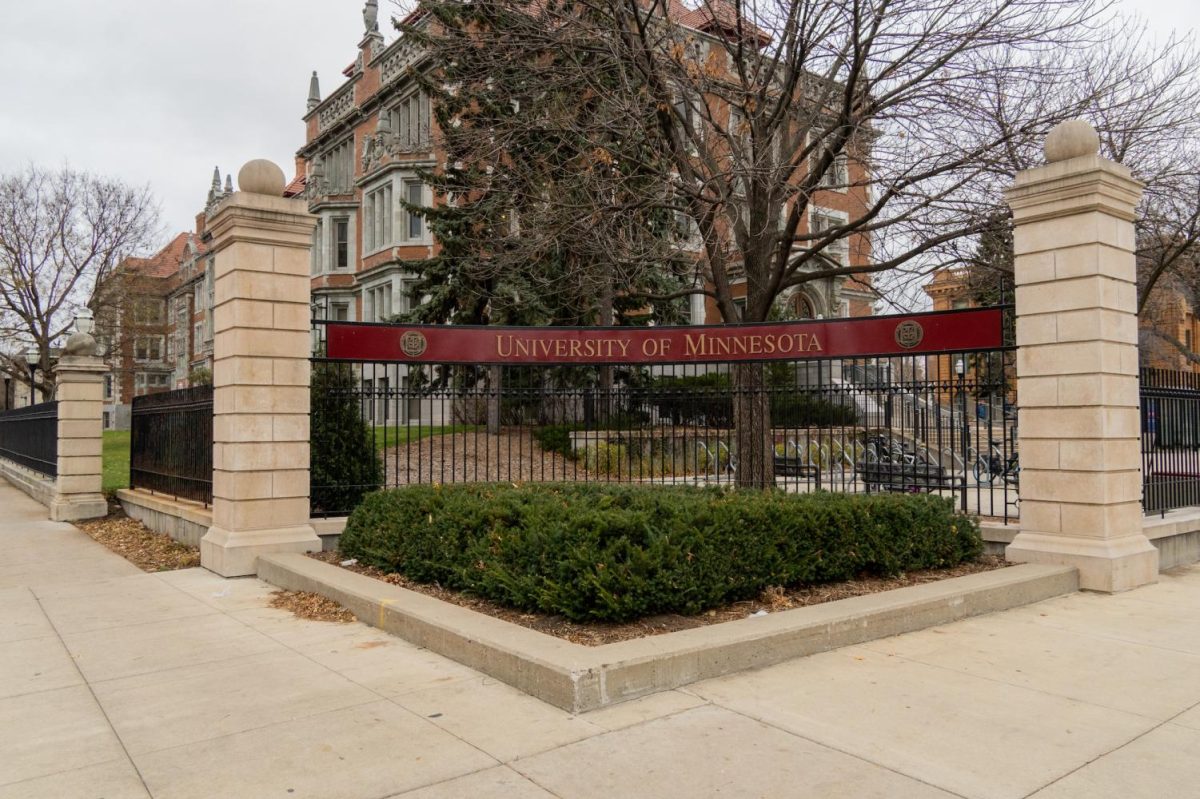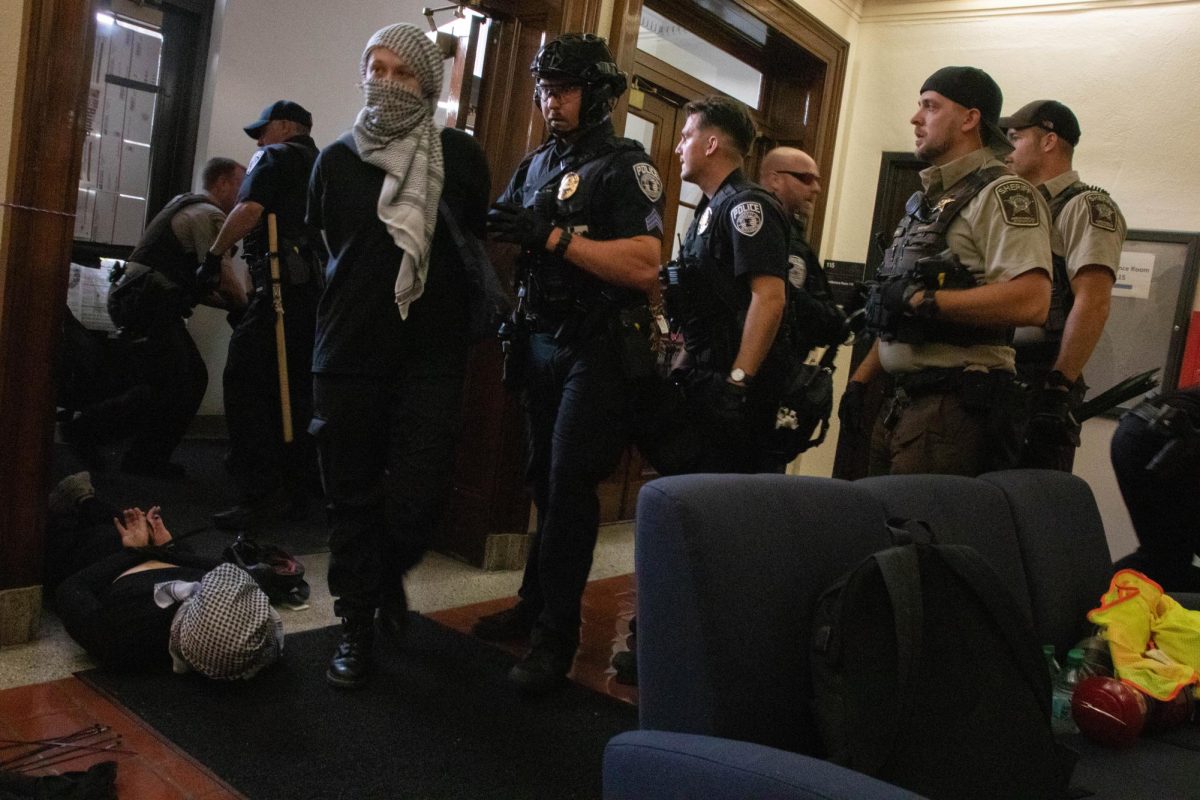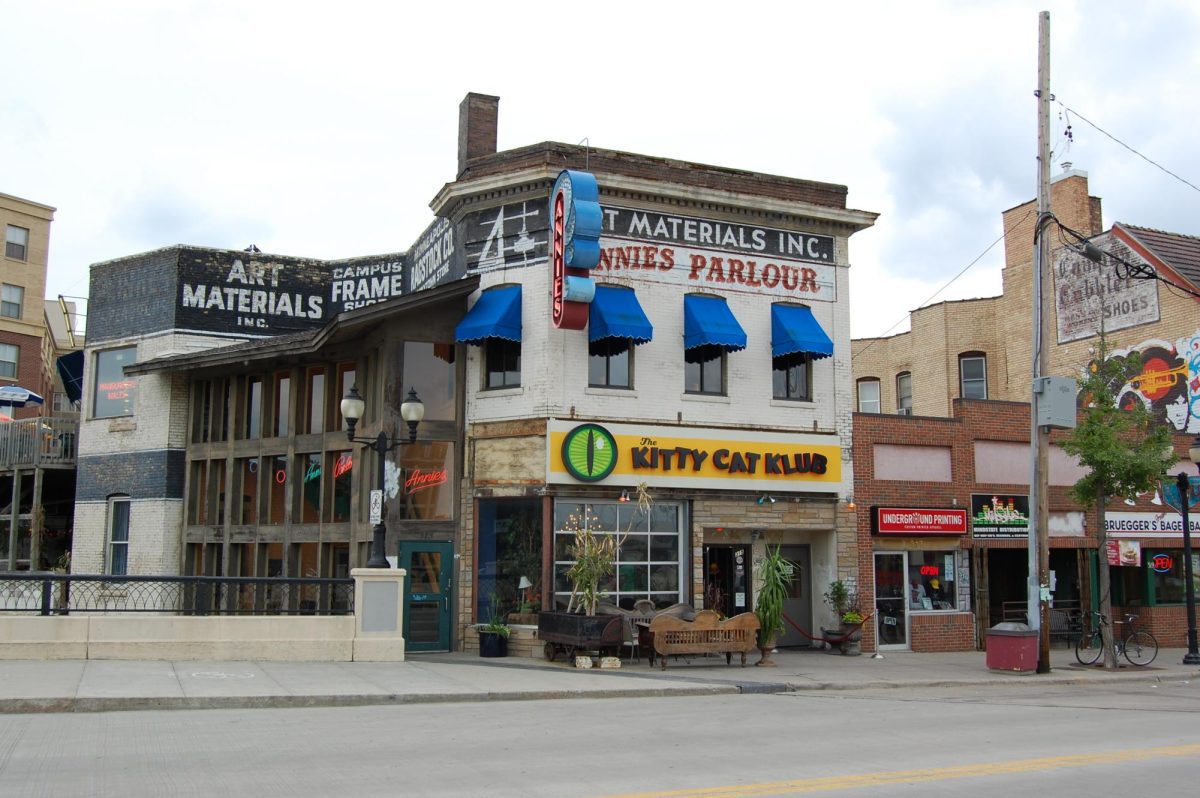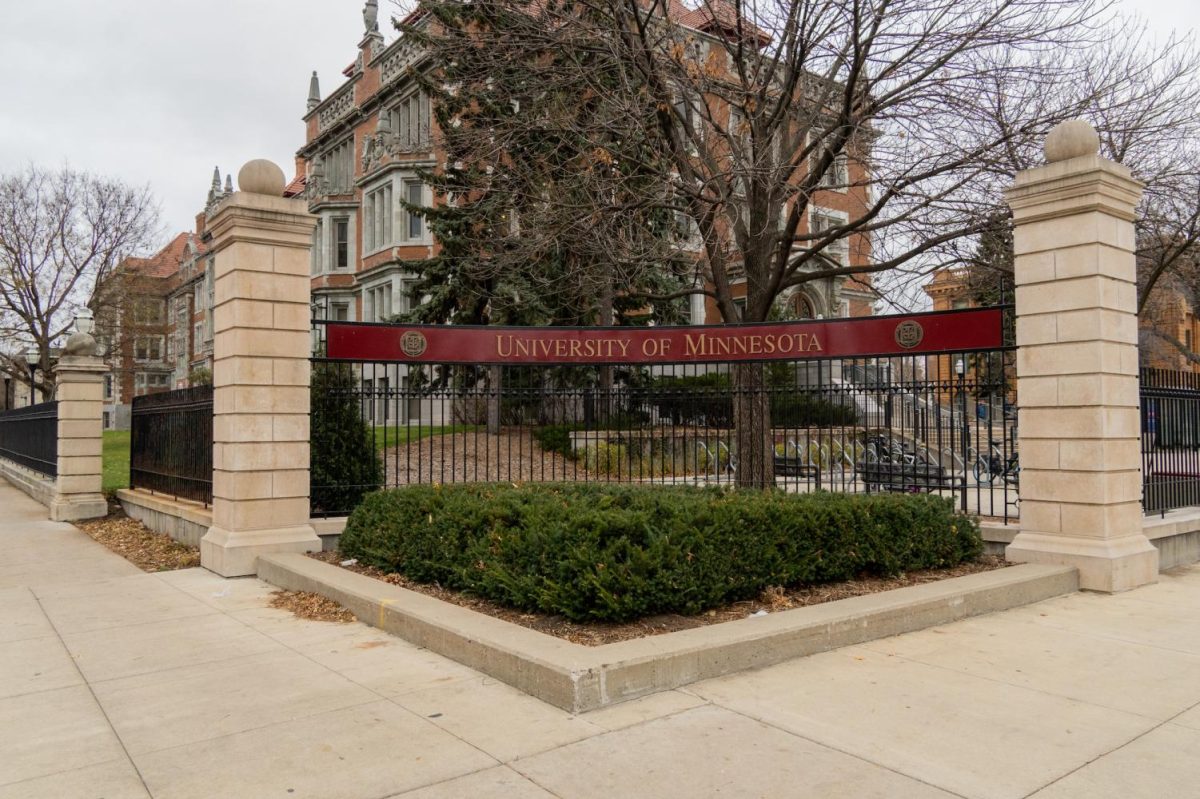The University of Minnesota Board of Regents authorized selling $500 million of debt in 30-year, interest-only bonds on April 11, a new approach to finances that will allow the University to generate savings while also spending it on construction projects.
Similar to student loans, bonds are debt that institutional or corporate entities take out that will eventually be repaid over time, plus interest. In this case, the repayment period is 30 years. The University was originally going to issue century, or 100-year, bonds, said Michael Volna, associate vice president of finance and assistant CFO.
With interest-only bonds, the University will pay interest on the bonds for the first 29 of the 30 years and recycle the loan money for multiple projects throughout that time, Volna said.
Volna said the University wanted to issue interest-only bonds now because rates are relatively low. The University decided to issue 30-year bonds instead of century bonds because they are less risky and allow the University to pay less interest, Volna said.
“It gives us a lot of predictability about how much we’re going to have to pay for debt and for capital financing,” Volna said.
The University uses bonds, as well as state funding, to finance capital projects, Volna said. In May, the legislature will determine how much of the $900 million request for funding the University will receive from the state.
Due to the high cost of building infrastructure, the University takes on debt by selling bonds to big companies, like corporations and insurance companies. The University does not have enough immediately available funds to use for capital projects, Volna said.
Interest-only bonds allow the University to recycle the borrowed money and generate savings because the University will only pay interest at first, Volna said. Using the funds borrowed through the bonds, the University can issue smaller loans to specific University entities like the College of Liberal Arts or the athletics department.
“We’re not just borrowing money as a University,” Volna said. “We loan it to a college who builds a building or renews … [a hall] and then they pay us back.”
The University can also set aside a small amount of money from the original bond and invest it in stocks and real estate.
“We know that in 100 years … that money that we set aside will grow to be the amount we will need in that hundredth year to pay off those bonds,” Volna said.
The original bond will be paid off with portions of the college repayments and the invested money. The University will ultimately profit from these bonds because the remaining funds will continue to be recycled among internal colleges and departments, Volna said.
Regent Steve Sviggum said he feels it is important to use the bonds to renovate buildings in need of maintenance to ensure they do not deteriorate further, rather than starting new construction projects.
“We can’t get further behind on the maintenance of our buildings,” Sviggum said. “You just can’t always be building new. You have to maintain and invest in what you have as well.”
Regent David McMillan said he believes the decision was a good compromise from the original plan to sell 100-year bonds because the University was able to take on shorter term debt at a reasonable interest rate.
“It looks like from this board members perspective good for the University over time, our ability to finance projects and to have that money ready for things that we will need to advance our education research outreach mission,” McMillan said.
Regent Darrin Rosha said he supports the decision and believes it is a positive opportunity for the University to “save potentially millions of dollars and let the scarce University resources go farther.”




